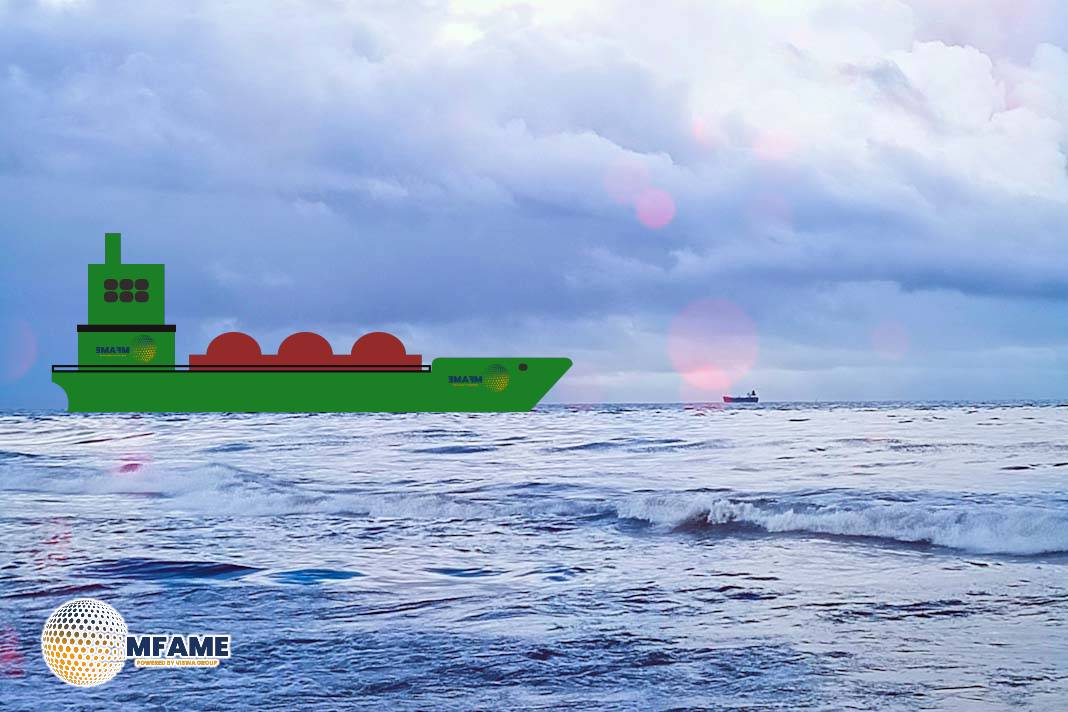- Water Level Down Nearly 1 Metre in Five Years.
- Azerbaijan and Russia Disagree on Causes.
- Baku Port Struggles With Ship Access and Rising Costs.
Rapid declines in the Caspian Sea’s water level are having a significant impact on ports and oil shipments, and they pose a serious threat to sturgeon and seal populations, as reported by Azerbaijani officials, reports Reuters.
Decades of Decline, Now Accelerating
The Caspian Sea, known as the largest salt lake in the world, has been shrinking for many years. Rauf Hajiyev, the Deputy Ecology Minister of Azerbaijan, noted that the sea’s level has dropped by 0.93 meters over the last five years, 1.5 meters in the past decade, and a total of 2.5 meters over the last 30 years. He estimates that the current rate of decline is around 20 to 30 centimeters each year.
“The retreat of the coastline changes natural conditions, disrupts economic activity and creates new challenges for sustainable development,” Hajiyev said.
Regional Dispute Over Causes
Russia attributes the issue primarily to climate change, while Azerbaijan points fingers at Russia’s dam constructions on the Volga River, which provides a whopping 80% of the water flowing into the Caspian Sea. Despite their rocky relationship, Azerbaijan and Russia came together to form a joint working group back in April to tackle this problem, with plans to roll out a monitoring program online by September.
Ports and Oil Terminals Facing Operational Strain
Hajiyev has raised alarms that the dropping water levels are already causing chaos for ports and impacting the lives of millions. Approximately 4 million people reside along Azerbaijan’s coast, with around 15 million living in the broader Caspian region.
Baku Port Struggles With Logistics
Ships are encountering more challenges when trying to enter and navigate Baku Port, which is cutting down on cargo capacity and driving up logistics costs. At the Dubendi oil terminal, oil and product transport saw a dip to 810,000 tons in the first half of 2025, down from 880,000 tons the previous year, as reported by Eldar Salakhov, the director of the Baku International Sea Port. He described this as a slight decline due to fluctuations in orders but acknowledged that dredging is becoming increasingly necessary.
In 2024, over 250,000 cubic meters of dredging were completed at Dubendi. A new dredger, the Engineer Soltan Kazimov, is set to start operations, capable of deepening the seabed to 18 meters to help maintain capacity.
Ecological Threat to Sturgeon and Seals
The receding waters are wreaking havoc on wetlands, lagoons, and reed beds, putting marine species at risk.
Sturgeon Losing Habitats
The most significant impact is on sturgeon, which are highly valued for their caviar and are already teetering on the brink of extinction. They are losing as much as 45% of their summer and autumn habitats and are being cut off from their spawning grounds in rivers.
Caspian Seals Near Collapse
Caspian seals are also facing dire threats due to the shrinking sea areas and the disappearance of seasonal ice fields in the north, where they typically breed. “With a 5-metre drop in the sea level, seals lose up to 81% of their breeding sites, and with a 10-metre drop, they are almost completely deprived of suitable sites,” Hajiyev said.
Did you subscribe to our daily Newsletter?
It’s Free Click here to Subscribe!
Source: Reuters
















